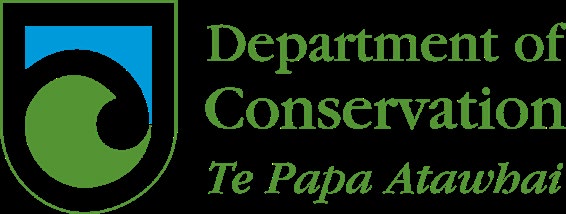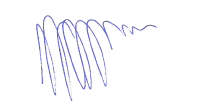
19-E-0533 DOC-6048227
28 August 2019
Tracy Livingston
Via fyi.org
Dear Ms Livingston
I refer to your official information request of 5 August 2019 seeking information on
the recent 1080 operation in the Hunua Ranges.
Our letter of 14 August 2019 advised that we have transferred part of your request to
Auckland Council. This letter forms the Department’s response.
Translocation of kōkako
1) about the number of kokako that have been moved from a breeding
facility to the Hunua Range after 1080 aerial poisoning. This pertains
particularly to the most recent poison operation last year, but if there have
been other times that kokako have been moved from one rohe to the Hunua
Range after other drops, please include those in this information request.
As part of the Kōkako Recovery Plan, kōkako have been translocated between
forests, including into the Hunua Ranges. These translocations are listed in the
attached document
Kōkako Survey Report Hunua 2018. Note that no kōkako have
been translocated from ‘breeding facilities’.
The donor forests of the translocated kōkako are also managed with 1080. The
ongoing expansion of those kōkako populations as a result of low predator numbers
following 1080 operations allows the translocation of some kōkako out of these
areas to boost existing kōkako populations elsewhere, or seed new ones.
We have withheld the names of individuals and identifying information from the
document we are providing, under sections 9(2)(a) and 9(2)(g) of the Official
Information Act 1982 to protect their privacy and to prevent any improper pressure
or harassment of officials or employees. In making this decision, we have taken into
account the public interest considerations set out in section 9(1) of the OIA.
Rationale for use of aerial 1080 in the Hunua Ranges
3) In addition, could you please explain DoC and Auckland Council rational
of why the Hunua Range, being easily traversed terrain and so close to a
large population, was poisoned instead of using ground control
management of pest species.
Conservation House -
Whare Kaupapa Atawhai
PO Box 10 420, Wel ington 6143
Telephone (04) 471 0726, Fax (04) 381 3057
And please explain the cost comparison between the aerial poison
operation and what it would cost if a land-based pest management system,
and if DoC/Council had put that to public tender?
Our letter of 14 August 2019 advised that we transferred this part of your request to
Auckland Council.
However, we would also like to explain that, although the kōkako management area
of approximately 2,000 hectares has used intensive trapping and bait stations for
many years, this has not maintained rodent, possum and mustelid numbers within
this relatively small area at the target level that will allow kōkako to breed.
Even if these methods were more successful in the kōkako management area, to
treat the full 20,000 hectare of the operational area using traps and bait stations
would not be possible. Many parts of the Hunua Ranges are steep and access is
difficult. Bait stations or traps would need to be set in a grid with 100-metre spacing
for possums and 50 metres for rodents, requiring many hundreds of kilometres of
tracks to be cut into the bush. Not only would this network be physically unfeasible
to build and maintain, but it would also have a significant, negative impact on the
flora and fauna. For example, the risk of introducing kauri dieback through root
disturbance would be increased.
The issue, therefore, is not simply one of cost but also feasibility and effectiveness.
Monitoring in the Hunua Ranges
4) In addition, could you please tell me, if any, what post-1080 poison
operation ecological testing DOC and Auckland Council have carried out
on the Hunua Range that pertains to invertebrate numbers and health, soil
health - including worms, soil fungi and bacteria, fluoride concentrations
in the soil, leaf litter decomposition, and so on. (thinking about how the
"Wood Wide Web" would be affected such as this
https://www.sciencemag.org/news/2019/05/wood-wide-web-
underground-network-microbes-connects-trees-mapped-first-time)
While not related to 1080 operations, the Department conducts a kōkako survey in
the Hunua Ranges every four years. As explained above, we are providing you with
the document
Kōkako Survey Report Hunua 2018, which comprises the results of
this survey. Note that it is only coincidental that the survey took place in the same
year as a 1080 operation, and the surveying took place both before and after the
operation. The previous kōkako survey took place in 2014, and the previous 1080
operation in 2015.
You have the right to seek an investigation and review by the Ombudsman of this
decision. Information about how to make a complaint is available at
www.ombudsman.parliament.nz or freephone 0800 802 602.
If you wish to discuss this decision with us, please feel free to contact me at this
email address.

Please note that this letter (with your personal details removed) and enclosed
documents may be published on the Department’s website.
Yours sincerely
Hilary Aikman
Director, National Operations
Document schedule
Item Date
Document description
Decision
1
7 January 2019 Kōkako Survey Report, Hunua 2018
Released in part

